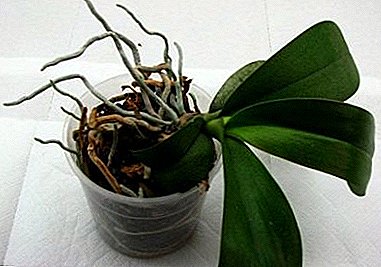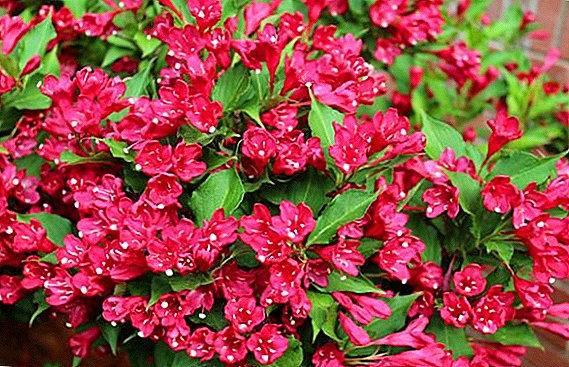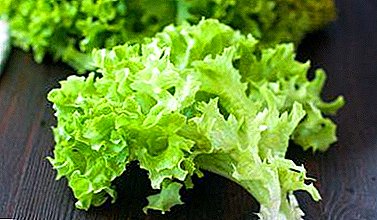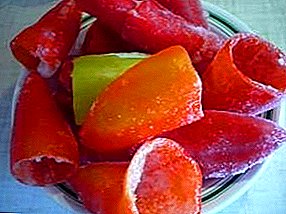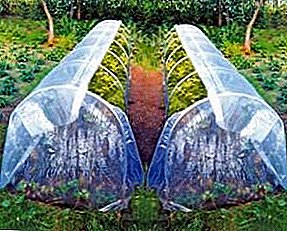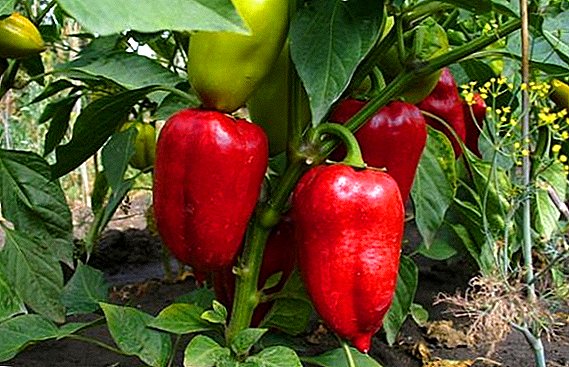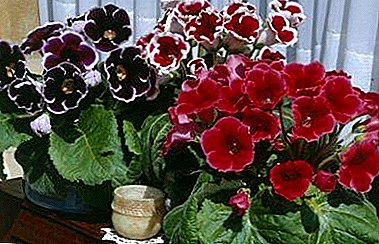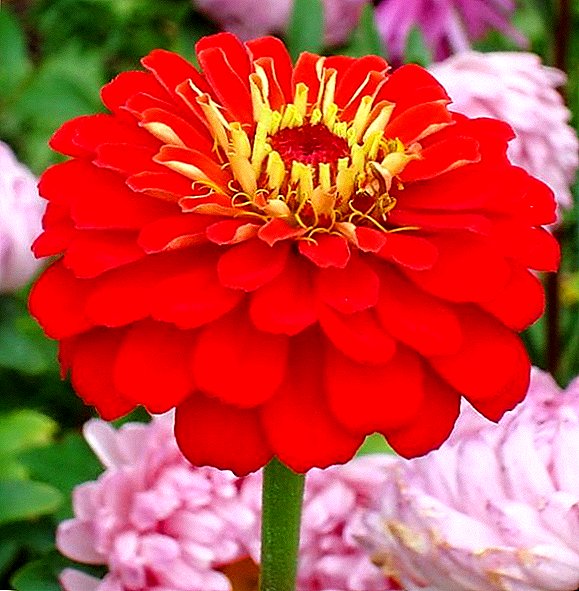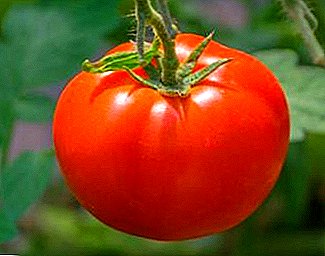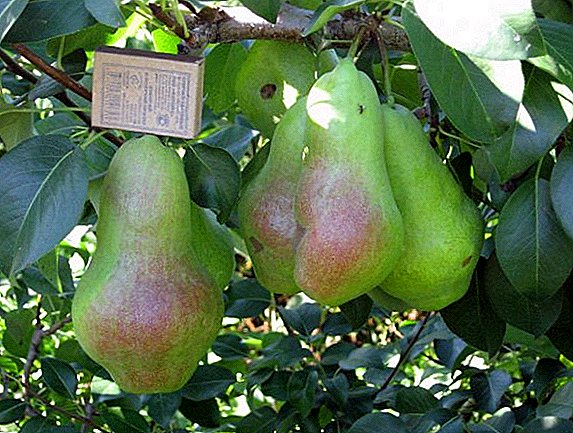 As a rule, cold-resistant varieties of pears, which are cultivated in regions with a rather harsh climate, have small fruits. On their background, the variety of pears "Perun", successfully grown in Siberia, differs favorably. We will also get acquainted with the description and features of this variety.
As a rule, cold-resistant varieties of pears, which are cultivated in regions with a rather harsh climate, have small fruits. On their background, the variety of pears "Perun", successfully grown in Siberia, differs favorably. We will also get acquainted with the description and features of this variety.
Selection
The originator of the pear "Perun" is the Research Institute of Horticulture of Siberia. M. A. Lisavenko (NIISS them. M. A. Lisavenko), which is located in Barnaul. The breeding group was engaged in the creation of a variety, namely: Puchkin I. A., Kalinina I. P., Karotaeva E. P., Borisenko M. I. At the end of the state variety trials, “Perun” was recommended for cultivation in West Siberia and East Siberian regions. In the register of FGBU "Gossortkomissiya" this variety was included in 1998.
Did you know? The homeland of the pear has not been established, but for the first time it was cultured, apparently in ancient Greece for 1000 years BC.
Description and distinctive features of the variety
"Perun" is a late autumn variety, sufficiently resistant to winter cold, to cultivate it in the harsh Siberian climate. At the same time, breeders managed to combine in Perun such properties as sufficient winter hardiness and good quality of fruits.
Important! It should be noted that although the “Perun” variety is zoned in Siberia, its winter hardiness is considered only satisfactory by Siberian gardeners, and in particularly severe winters the trees can freeze slightly.
The average yield of the variety is about 60 centners per hectare. In Siberian conditions, an average of about 18 kg of fruit per season can be harvested from a single tree. Fruiting of the tree begins in the 5-6th year.
Wood
Trees of this variety are characterized as sredneroslye, possessing a sprawling, rounded, not too dense crown. The branches are directed upwards. Shoots are red-brown, slightly curving. The leaves are smooth, concave, medium in size, ovate and dark green in color.
Did you know? Pear wood is very dense and solid, and also keeps its shape well after drying due to the presence of so-called "stone cells". But at the same time this wood is subject to rotting, therefore it is used in crafts used indoors.

Fruits
On average, the weight of the fruit "Perun" ranges from about 140 to 180 grams, but grow larger and larger specimens. Their color is yellow, with a noticeable blush on the half of the fruit. They are moderately juicy, with a noticeable aroma. The flesh is white, fine-grained, medium density. The taste of fruits is sweet and sour, their tasting score is 4.2 points on a five-point system. The variety is universal. Its fruits are good both for fresh consumption and for various types of processing (jam, juice, cider, etc.). They can be kept fresh for quite a long time. In the cellar, they are stored for up to 3 months, unless, of course, they were torn from the branches, and did not fall to the ground.
Check out the pear varieties for Siberia, the Moscow region and the middle band.
How to choose the seedlings
When choosing seedlings, you must first of all be guided by a simple rule: buy seedlings only from trusted vendors or in nurseries. The optimal age of the seedling is up to 3 years. If there is no branching on the stem, then a one-year sapling. From the middle of the stem should be developed buds, which in the future will give new branches. Roots should not be dried or rotted.
Did you know? Even before the appearance of tobacco in Europe, Europeans smoked the leaves of various plants. The most popular for smoking were pear leaves.

Choosing a place on the site
For planting seedlings "Perun" should pick up a sunny place, protected from the winds. In addition, close groundwater is highly undesirable. The most suitable soils: black soil, sandy and loamy soil. In principle, this pear can be grown on clay or sandy soils, but in this case it is necessary to form a large planting pit with a soil of low acidity when planting a seedling.
Preparatory work before landing
To plant a seedling, dig a hole 1 m deep and about 80 cm in diameter. This hole is prepared approximately 10-15 days before planting. Such a period is necessary for the soil to settle at the time of planting - this will ensure that the seedling is planted at the desired level. If the soil is heavy, clay, then immediately after digging into the pit add a solution of lime-fluff, which is prepared at the rate of 2 cups of lime per 10 liters of water. Following the solution, 2-3 buckets of water are poured into the pit. The soil extracted from the pit is preserved. A stake is driven into the bottom of the pit, to which the trunk of the sapling is subsequently tied. If planting a seedling is supposed to be in spring, then it is better to dig a hole in the fall. Further steps to prepare the landing site are similar to those described above.
Read the rules of autumn and spring planting pears.

Step-by-step process of planting seedlings
Saplings can be planted both in the fall, and in the spring. Autumn landing is more preferable. With this planting, seedlings take root better and more easily endure adverse climatic periods. But at the same time they can not move the winter frosts, and their young bark and roots attract rodents in the winter.
When planting seedlings adhere to the following order:
- the soil previously extracted from the landing pit is mixed with humus (depending on soil quality, from 5 to 30 kg), superphosphate (50 g) and potassium salt (30 g);
- the resulting mixture poured the roots of the seedling, while its root collar should rise above the ground by 5-7 cm;
- covered ground trampled;
- form the stem circle in the form of a low (2-4 cm) earthen shaft (diameter about 40 cm) around the seedling trunk;
- 20-30 l of defended water are poured into the formed circle;
- after moisture is absorbed, a circle is filled with mulch from peat, sawdust or dry humus;
- The trunk is tied to a previously hammered peg.

Seasonal care features
The specific conditions of Siberia do not particularly affect both the rules of planting and the further care of the Perun pear. No more than other varieties, it needs pruning, fertilization, preventive treatment from pests.
Soil care
Loosening of the soil within the near-stem circumference is carried out in spring. In the summer, the pear needs regular watering. In the case of a dry summer, up to 3 buckets of water are spent per tree at a time, watering is done in the evening. The soil around the trunk mulch sawdust or peat. It is also necessary to remove weeds from the area adjacent to the tree. In the process of preparing pears for the winter period, the trunk-ground territory is dug up, but shallow. After that, the dug up circle is watered and covered with peat or sawdust in a layer 20 cm thick.
Top dressing
The first top dressing of a tree is made in the early spring, before bud swelling. A urea solution is used as a top dressing (700 g of urea per 10 liters). The whole tree is sprayed with this solution.
Important! In the first year after planting, the tree does not need any additional feeding.
After a flowering period, fertilizing is carried out with a solution of nitroammofoski, which is prepared at the rate of 1 part of nitroammofoski per 200 parts of water. One bucket consumes 3 buckets of such a solution. The solution is used in the form of irrigation. In July, foliar feeding with nitrogen-containing fertilizers, the same solution of urea, as described above. In autumn, when digging around the trees around the trees, wood ash is added to the ground (150 g per 1 sq. M). In addition, during this period, conduct a comprehensive feeding of adult trees. You can use ready-made complex fertilizers, and you can independently prepare the mixture. An example of such a mixture: 1 tablespoon of potassium chloride and 2 tablespoons of superphosphate granules per 10 liters of water.
Preventive treatment
Variety "Perun" resistant to various diseases, but to exclude the possibility of their occurrence, it is necessary to carry out preventive treatment of trees. For this, in the fall and spring, I process the Bordeaux liquid. In addition, spring dressing of a pear with a solution of urea also helps to get rid of harmful insects and fungi. And, of course, a good prevention from insects is whitewashing the pear stem with lime mortar.
Pruning
The first pruning can be done no earlier than the tree reaches 2 years of age. It is held in the spring. At the same time, shoots growing from the main trunk are not cut off. The trunk of a young tree is shortened by a quarter, the neighboring branches are cut to a ring, hemp should be absent. In the future, get rid of the vertical shoots. Excess skeletal branches are shortened annually by a quarter of the length. The cut angle should be straight, the cut point is treated with garden pitch. In the fall pruned substandard branches: broken, damaged, dry. Be sure to remove the diseased branches, which are then burned. Young one-year shoots are shortened by a third. If rejuvenating pruning is carried out, then it begins with the lower branches.
To cold-resistant pears also include such varieties as: "Fairytale", "Rogneda", "Hera", "Tenderness" and "Krasulya".
Protection against cold and rodents
To protect against frost, the trees are tied with pine spruce tops down and then wrapped with sacking. After the snow has fallen, additional snow is thrown into the near-stem circle, forming snowdrifts. Rodents such as mice, voles, water rats can cause serious damage to trees. They are especially dangerous for young trees. Non-poisonous baits are effective against mice and voles, for example, 2 parts of crushed glass per 1 part of flour and 1 part of sugar. As for water rats, a grid-fence with a cell size of 10-15 mm provides a good protection against them. It is buried about 50 cm, the diameter of such a fence is about 70 cm. Rat traps are also used against rats.
 Another dangerous pest of the pear is the hare. This animal is able to eat everything it reaches: bark, shoots, crown. Non-poisonous scaring agents that coat trees are used against hares. This can be a mixture of equal parts of clay and cow dung with the addition of creolin (100 g per 10 l of the mixture). In conclusion, it can be noted that the cultivation of pear varieties "Perun" in the conditions of Siberia does not present any particular difficulties. Its only weak point is insufficient winter hardiness in conditions of especially severe winters, which, however, can be leveled quite easily. But, having overcome the difficulties of growing, the gardener gets a harvest of excellent fruits in autumn.
Another dangerous pest of the pear is the hare. This animal is able to eat everything it reaches: bark, shoots, crown. Non-poisonous scaring agents that coat trees are used against hares. This can be a mixture of equal parts of clay and cow dung with the addition of creolin (100 g per 10 l of the mixture). In conclusion, it can be noted that the cultivation of pear varieties "Perun" in the conditions of Siberia does not present any particular difficulties. Its only weak point is insufficient winter hardiness in conditions of especially severe winters, which, however, can be leveled quite easily. But, having overcome the difficulties of growing, the gardener gets a harvest of excellent fruits in autumn.


